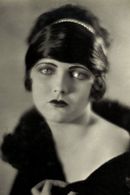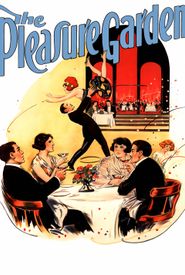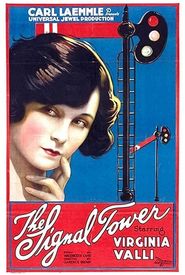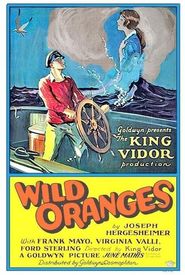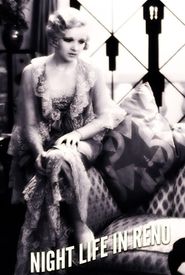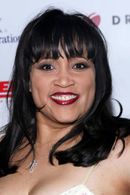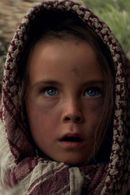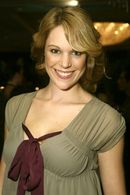Virginia's illustrious career began with a stint in a Milwaukee stock company, where she honed her craft alongside a talented ensemble of actors. Concurrently, she also ventured into the realm of film, collaborating with Essanay Studios in Chicago during the year 1917. This marked the beginning of her extensive cinematic journey, which would span multiple decades.
After a three-year hiatus from the stage, Virginia was summoned to Hollywood, where she was cast as the leading lady opposite the esteemed Bert Lytell. Her subsequent film appearances throughout the decade cemented her status as a rising star, with Universal Studios recognizing her talent by the mid-1920s.
The majority of Virginia's films were produced between 1924 and 1927, showcasing her impressive range and versatility as an actress. Her ability to adapt to the advent of sound in films was evident in her 1929 release, "The Isle of Lost Ships," produced by First National.
Despite her success, Virginia's career was eventually brought to a close by a combination of factors, including her significant salary and waning popularity. Struggling to find a suitable studio, she opted to produce her final film, "The Last Zeppelin," in collaboration with Tiffany Studios in 1930.
In the following year, Virginia married the celebrated actor Charles Farrell and bid farewell to her life on the silver screen. The couple settled in Beverly Hills, where they resided for a time before relocating to the sun-kissed city of Palm Springs, where Virginia would eventually spend the remainder of her life.
